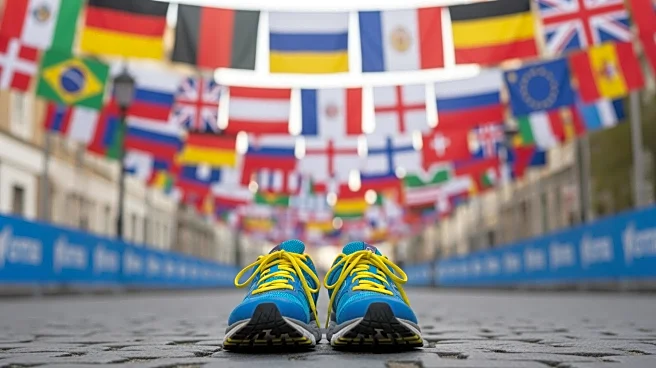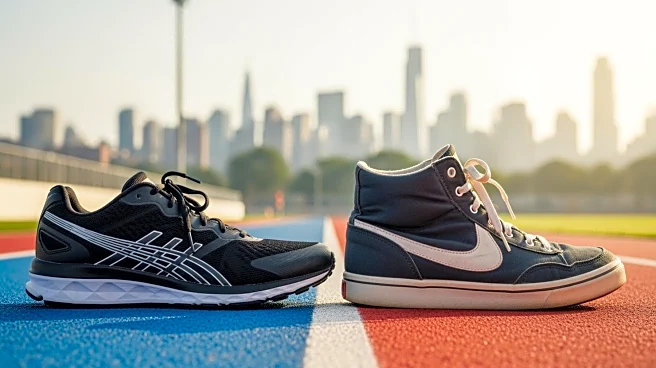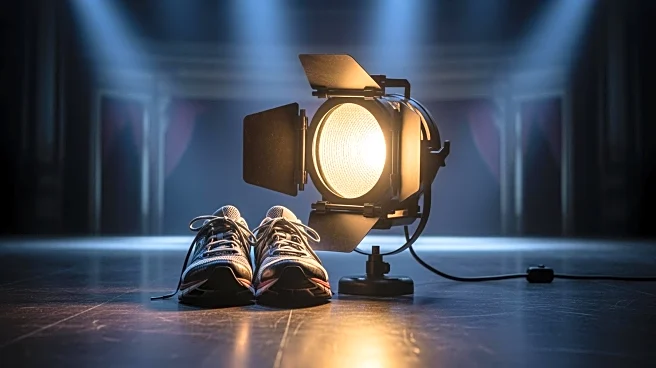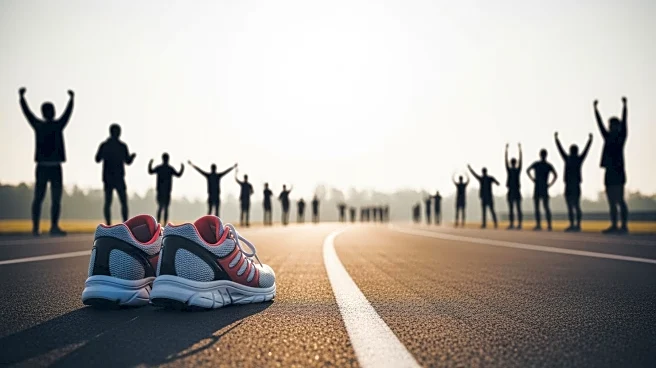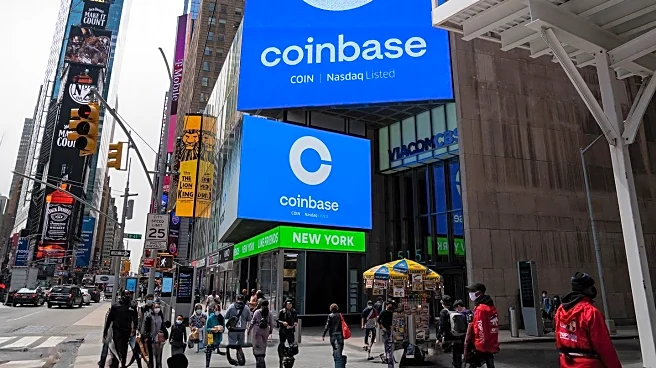What's Happening?
The New York City Marathon, one of the most attended marathons globally, draws over 54,000 runners and an estimated 2 million spectators annually. The event, which snakes through all five boroughs, has
become a ritual for many, offering a unique blend of athleticism and community spirit. Spectators line the streets, cheering on participants, while volunteers provide support, creating an atmosphere of camaraderie and celebration. The marathon is not just a race but a cultural event that brings together diverse groups of people, from parents and children to friends and strangers, all united in the shared experience of endurance and achievement.
Why It's Important?
The New York City Marathon is significant as it highlights the power of sports to unite communities and foster a sense of shared purpose. It serves as a milestone for many participants, marking personal achievements and life transitions. The event also boosts local economies, drawing tourists and generating revenue for businesses. Moreover, it underscores the growing popularity of marathons among younger generations seeking meaning and accomplishment in a world where traditional life milestones are increasingly elusive. The marathon's ability to attract large crowds and participants reflects its enduring appeal and the universal human desire for connection and celebration.
What's Next?
As the marathon continues to grow in popularity, organizers may explore ways to enhance the experience for both runners and spectators. This could include expanding volunteer opportunities, increasing community engagement, and leveraging technology to improve logistics and safety. Additionally, the event may inspire other cities to host similar large-scale marathons, further promoting the sport and its benefits. Stakeholders, including local governments and businesses, will likely continue to support the marathon, recognizing its positive impact on community cohesion and economic activity.
Beyond the Headlines
The marathon's cultural significance extends beyond the race itself, highlighting broader themes of resilience, perseverance, and the human spirit. It serves as a reminder of the importance of physical activity and its role in promoting health and well-being. The event also raises questions about accessibility and inclusivity, prompting discussions on how to ensure that marathons are open to all, regardless of background or ability. As the marathon evolves, it may influence societal attitudes towards fitness and community engagement, encouraging more people to participate in similar events.
